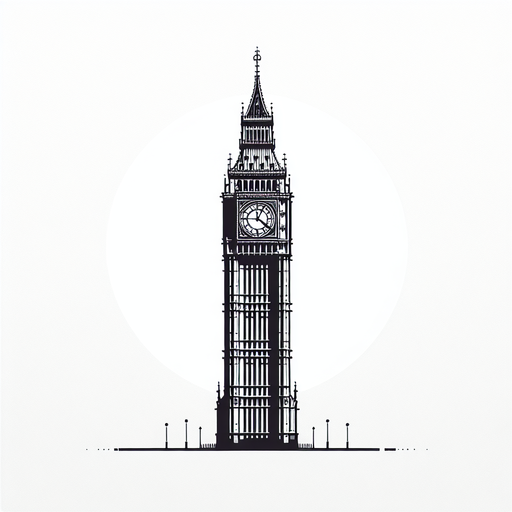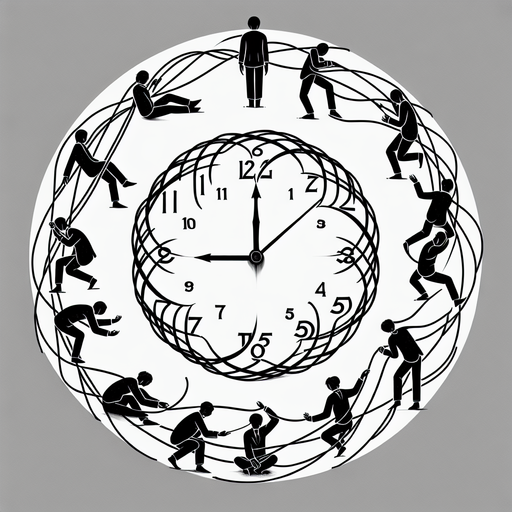Prime Meridian
How Greenwich Sets the Time for the World
In 1884, representatives from 26 nations gathered in Washington, D.C., for the International Meridian Conference, tasked with solving a major problem: the lack of a universal standard for mapping longitude and timekeeping. The result of this conference would be setting Greenwich Meridian as the Prime Meridian, the 0 degrees longitude spot, and impacted measuring time around the World.
The French strongly advocated for Paris to be chosen, as the Paris Meridian had been a prominent reference for French navigation and mapping since the 17th century. But nearly two-thirds of the world's ships were already using charts based on the Greenwich Meridian, making the transition easier. By the 19th century, the observatory’s precise star charts and timekeeping systems had become the global gold standard for navigation, making Greenwich the strongest choice.
This decision also laid the groundwork for the world’s 24 time zones, with Greenwich Mean Time (GMT) as the baseline. Many countries had to adjust their local time systems to align with Greenwich Mean Time (GMT), which became the global standard. For instance, France, which had used the Paris Meridian, eventually transitioned to using GMT for international purposes by 1911. The establishment of GMT allowed countries to coordinate more effectively, laying the foundation for the 24 time zones we use today.
The Greenwich Meridian unified global navigation, commerce, and timekeeping, paving the way for the modern world’s interconnected systems. By standardizing longitude and time, the conference enabled more effective communication, trade, and travel across countries, making global cooperation and technological progress possible.
Craving more? Check out the source behind this Brain Snack!


